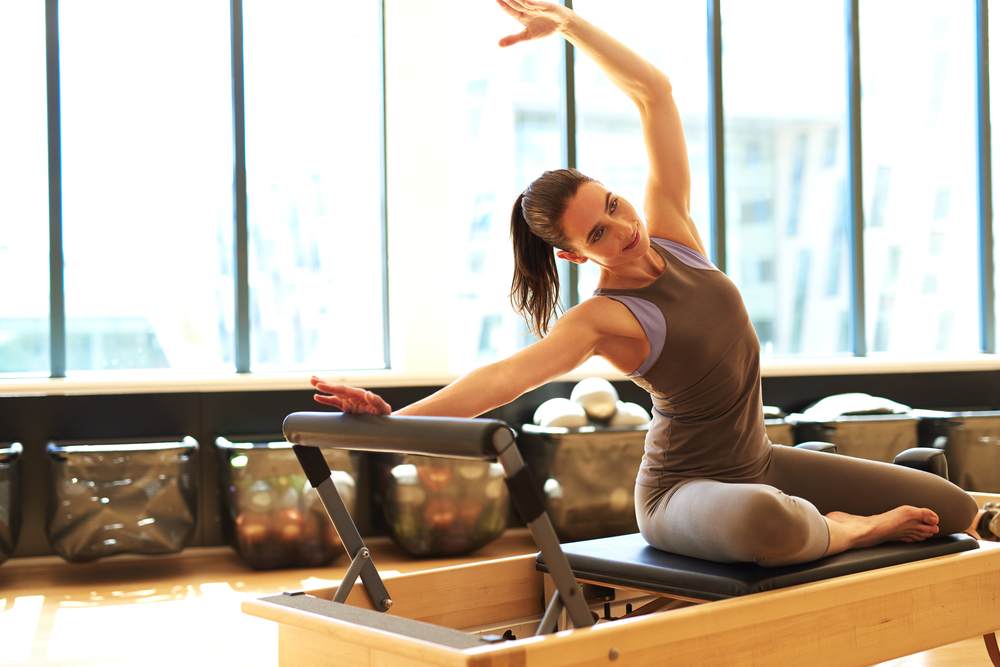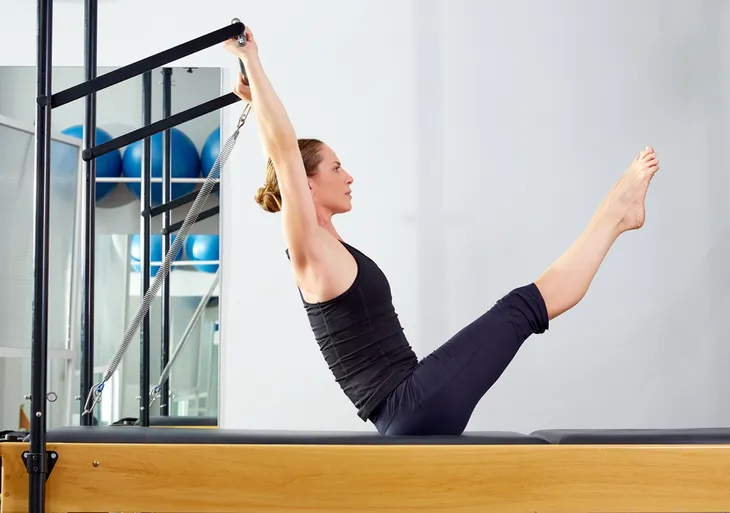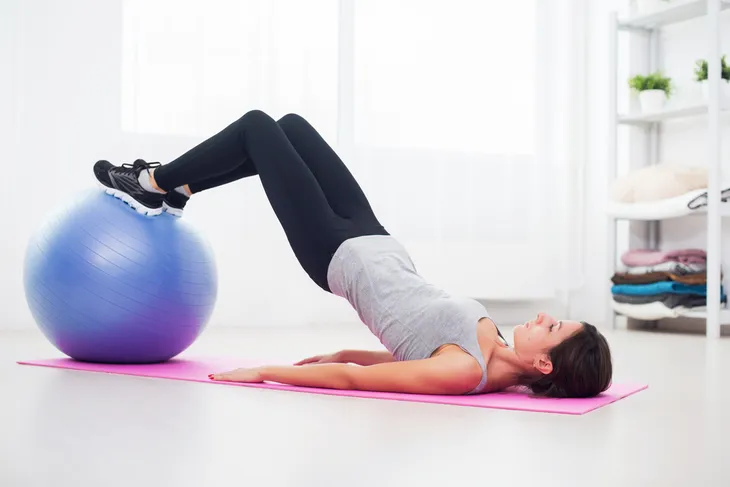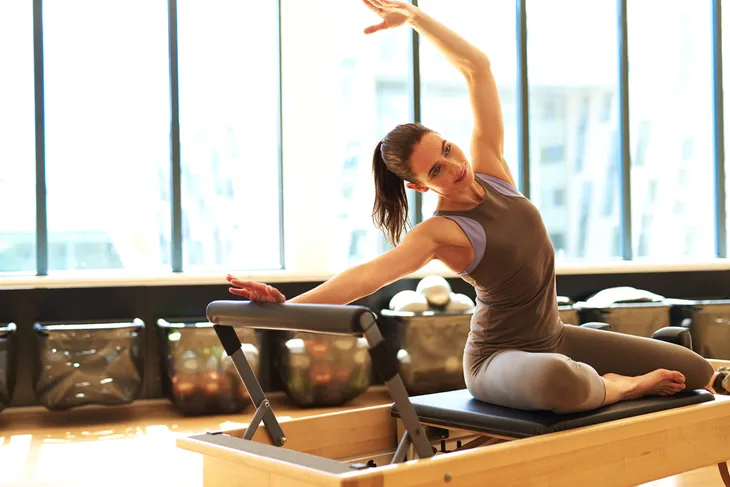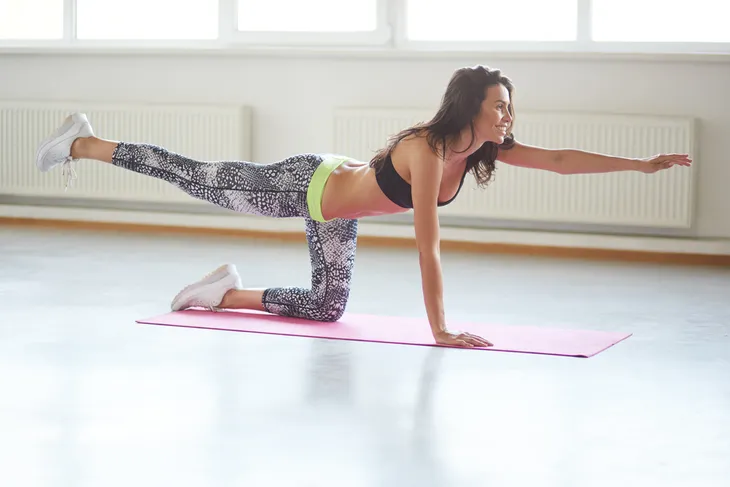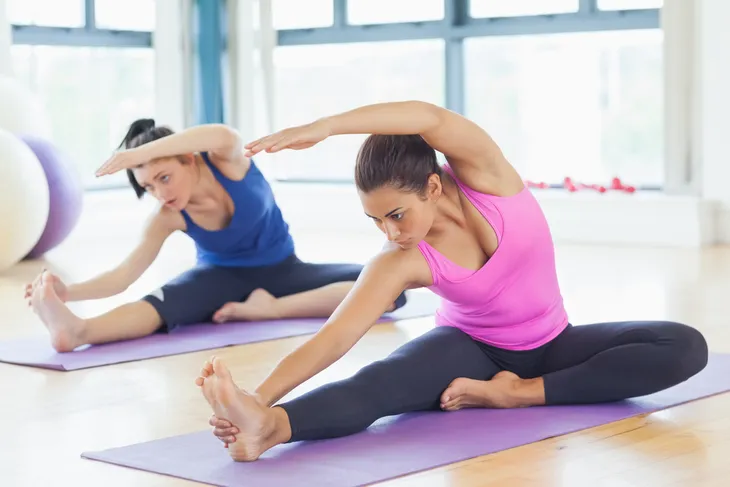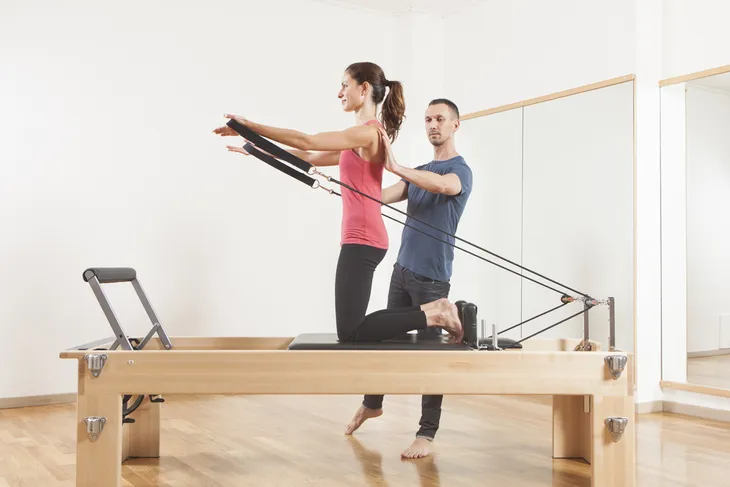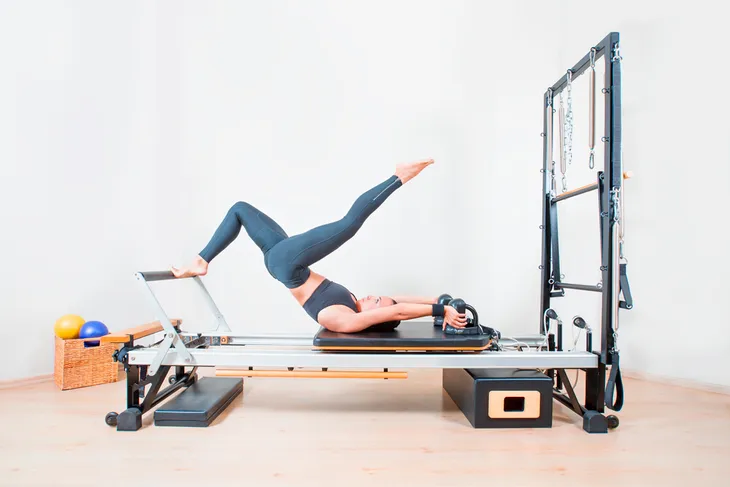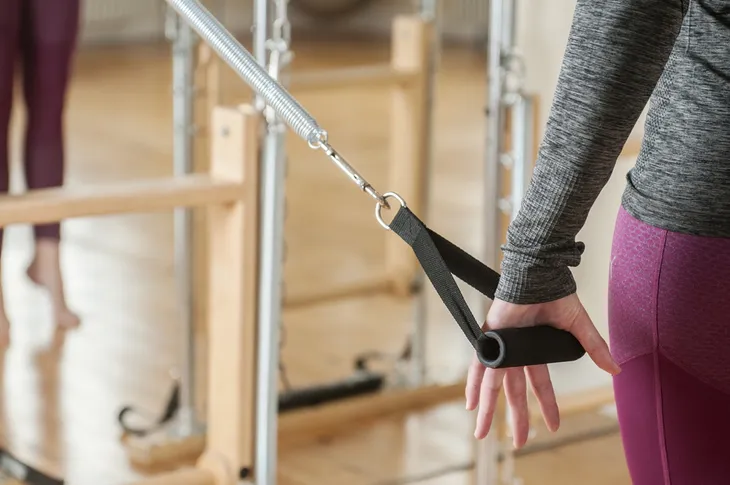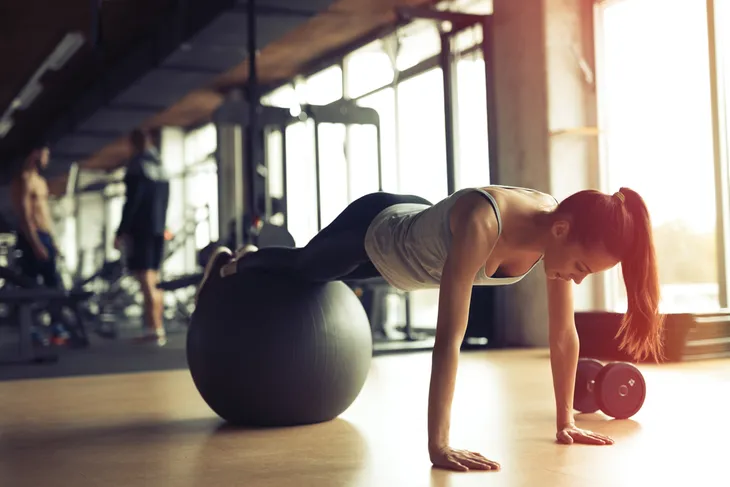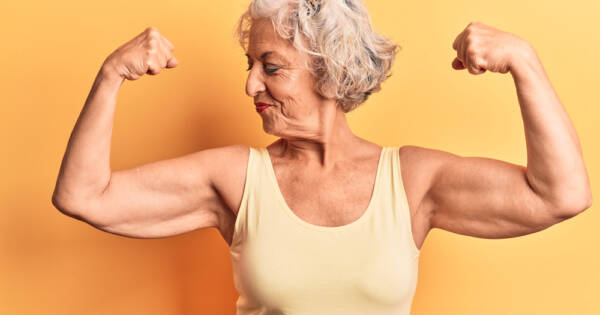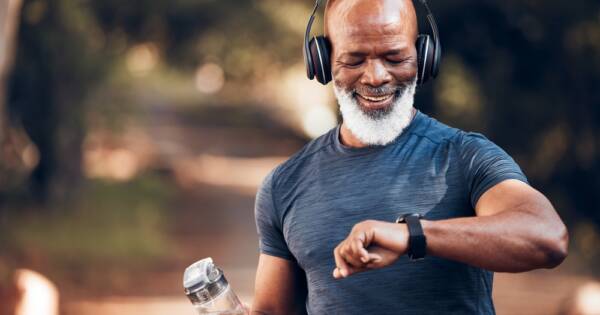It’s the workout routine that’s taken the world by storm in recent years: pilates. Viewed from the outside it appears like some kind of twist on yoga, which is also designed to loosen muscles, tighten and strengthen the core, and encourage the improvement of mental and physical health and wellness.
From the inside, however, there’s much more to pilates than simply reflecting the benefits of yoga. For those who do pilates on a daily basis, it’s about easing pain, building bone density, and improving the functionality of key organs, particularly the heart. Overall, if done correctly pilates can be the ultimate cross-training routine and may offer athletes of all abilities an opportunity to reach their next level. That said, let’s get into the specific benefits of pilates in the following list.
Better Bones
In the past, fitness experts would have pointed to strength training, like lifting weights, as the key to building better, denser bones. Today, it’s hardly the only option, with pilates now offering a much different way to build bones capable of resisting injury.
That’s because pilates uses lots of resistance and weight-bearing routines to build muscle and, by extension, stronger bones. Although it may not involve heaving dumbbells or barbells over your head, pilates employs resistance in such a way that it can effectively create tension within the muscles around the bones, making both stronger and more resilient.
Lose Weight
One of the most attractive features of pilates is that, when combined with a proper diet administered by a dietician it can play a role in helping an individual lose weight.
That’s because general estimates of a moderately intense pilates workout place the total number of calories burned at roughly five calories per minute. If your pilates workout session lasts for an hour, that means you’ll have burned roughly 300-calories, enough to make a significant difference in your caloric plus/minus and giving you the potential to lose weight in a healthy way.
Overcome Back Pain
We all know someone who regularly suffers with back pain, most often in the lower part of the back. And no wonder: many of us spend hours each day hunched over a keyboard or slouched in the seat of a vehicle. With work taking up much of our time and family obligations filling in what’s left, that leaves little time for the kind of exercise that can prevent or help soothe back pain.
Pilates, however, may offer a relatively time-efficient way to limit the impact of back pain. That’s because many pilates exercises are designed to build strength in the core, which plays a central role in taking pressure off the back. In short, the stronger your core (or abdomen), the less likely your back will become overburdened and sustain injury. Additionally, pilates exercises can help to stretch the back muscles, making them even less likely to become strained.
A Stronger Core
We’re often told one of the keys to staying physically healthy is maintaining a strong core. That’s why one of the most popular exercises is the standard sit-up, or crunch, and why so many cheesy products supposedly designed to help us build a stronger core (and somehow reveal six-pack abs) have hit the market over the years.
In reality, you don’t need a fancy toy to help you build a strong core. Pilates, which rarely requires any equipment, is always focused on building the abdominal muscles, particularly the obliques. And it’s not just about burning fat or showing off six-pack abs; building a strong core relieves pressure on other muscle groups, especially those in the back, and that can effectively reduce the chances of sustaining a painful injury.
Limit Injuries
Being flexible: while it may not make an individual impervious to injury, it can go a long way towards helping a body withstand strain. For example, if you’ve used an exercise routine to build a strong core, there’s a better chance any connected muscle areas will withstand sudden or prolonged pressure. It could just be enough to keep you from gritting your teeth through pain for days or weeks.
For serious pilates instructors, flexibility is a huge part of the pilates value offering. The goal is to improve muscle flexibility across the body, from the feet and hamstrings to the core, back, shoulders, chest, neck and beyond. That means improving dynamic movement, giving us control to move more and in more unique ways without injury.
Become a Dynamic Athlete
Although there are individuals who, through good genes or a disciplined exercise regime, manage to specialize in multiple sports, most of us focus the bulk of our workouts on improving performance in a single athletic area.
But pilates offers an opportunity for individuals to build strength and flexibility in so many areas that it provides the potential for building truly dynamic athletes; in other words, athletes who can apply their skills effectively across several sports. That’s because pilates is based on such a wide spectrum of exercises that, at their core, are intended to optimize posture, body awareness, and strength. In essence, it makes the muscles as efficient as possible, opening up the potential for them to be used in an almost endless variety of ways. In the end, that makes pilates a crucial tool in building multi-sport athletes.
Better Posture
It used to be that people made a conscious effort to maintain good posture; school kids were taught to sit up straight, not just because it made one look more attentive, but because it helped prevent injuries associated with bad posture. Today, however, many of us use ergonomic chairs and desks in an effort to force our bodies to have better posture.
But that’s hardly a fool-proof plan. After all, not every chair or couch is ergonomic, and what about all the time we spend standing? Pilates can help with posture by forcing the individual to exercise one specific muscle group at a time. By isolating each muscle group, you can ensure that our muscles aren’t relying too much on any one group to resist injury. In the end, that means each individual muscle group is stronger, and can withstand injury even when put in an uncomfortable position.
Build Endurance
There are many reasons to exercise, from spending time with friends to fighting anxiety and depression. And while these are excellent reasons to get a sweat going, most of us turn to exercise because we want to build our endurance; in other words, we want to be able to handle physical demands, such as walking, running, or cycling some distance without breaking down in pain and exhaustion.
Pilates varies in its intensity levels depending on the particular exercise in question, but there’s no denying that it has the potential to push our endurance to its limits and, in doing so, help us push those boundaries further. Pilates experts note that more advanced and demanding routines can push the average heart rate to 120 or 130 beats per minute, which can drive calorie and fat burning and boost cardiovascular strength.
Flatten Your Midsection
Six-pack abs may not be an end goal for everyone giving pilates a try, but there’s a good chance most participants like the idea of using this type of exercise to reduce belly fat and flatten out their midsections.
Pilates is an excellent choice if this is one of your weight loss and fitness goals. That’s because so many pilates routines involve concentrated abdominal exercises designed to strengthen the core and reduce stress on connected muscle groups. At the same time, the intensity of advanced pilates exercises boasts the potential to burn fat.
Preserve Your Joints
Individuals who are particularly keen on losing weight often turn to running because it’s a demanding form of cardiovascular exercise that can help burn lots of calories relatively quickly. There’s just one problem with that decision: running a lot can take its toll on the knees, feet, ankles, and muscles surrounding those important parts of the body. In the end, devoting most of your exercise time to running could leave you limping and feeling less physically capable than before.
Pilates offers a worthwhile alternative to running. Advanced pilates routines can burn hundreds of calories each hour, meaning results are comparable to running around the neighborhood. And yet, because pilates is so focused on building muscle through isolation, it has the potential to increase cardiovascular endurance and burn calories without leaving the lower extremities feeling as though they’d be beaten with a baseball bat.
Fight Anxiety and Depression
Mental health issues like anxiety and depression are now a central part of the overall health discussion in North America and beyond. Health experts generally agree that confronting these issues requires physical exercise, which can release endorphins in the brain and help curb the oft troublesome thoughts associated with anxiety and depression.
Pilates, as an exercise regime that can be tailored to place significant pressure on the cardiovascular system and help build physical endurance, is an excellent option for individuals seeking to limit the impact of mental health issues on their personal and professional lives. Of course, everyone is different, so anyone struggling with anxiety and depression should discuss a new physical exercise regimen with their family doctor before jumping in.
Conquer Stress
Unless you live in an isolated mountain cave, and perhaps even if you do, stress is always an issue. It can emerge through personal or professional life and it’s not always the result of just one event or change; often, it’s simply the result of having a busy lifestyle and lots of things on the go, from attending work meetings to looking after a newborn to participating in extracurricular activities.
Pilates offers a relatively accessible and simple way to fight the stress emanating from our personal and professional lives. Like most activities that test our cardiovascular endurance and muscular strength, and which seek to improve our physical ability, pilates has the potential to help us overcome stress and feel good about ourselves.
